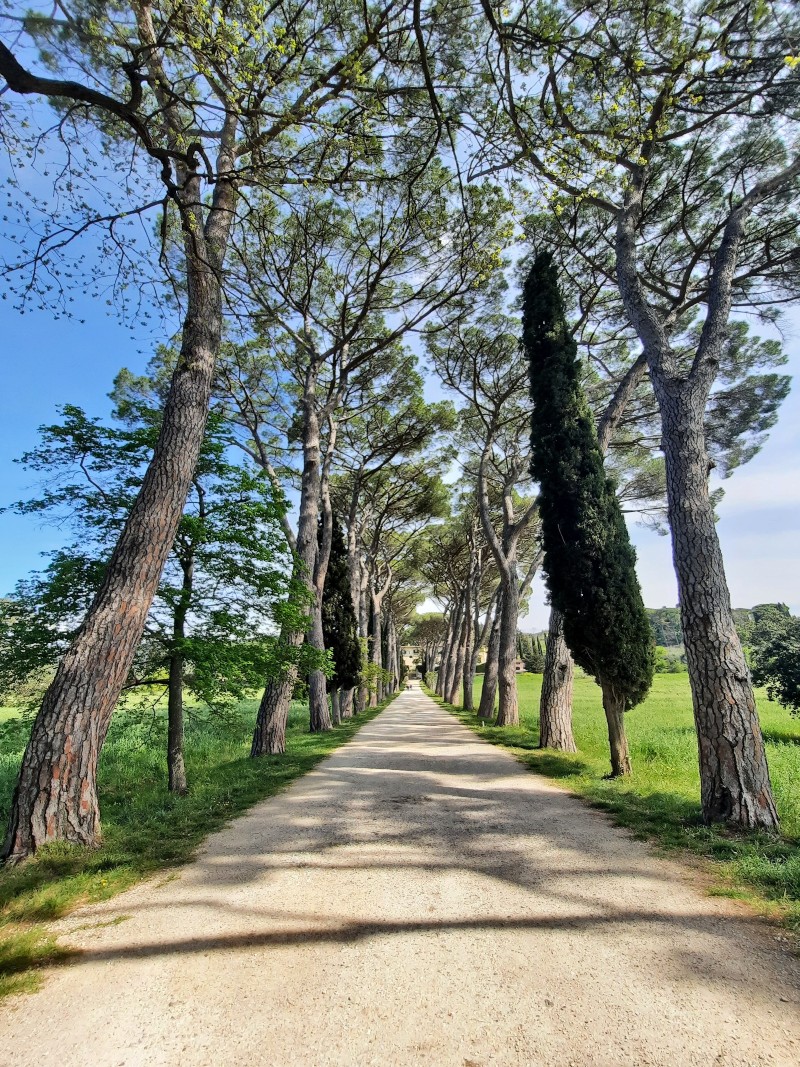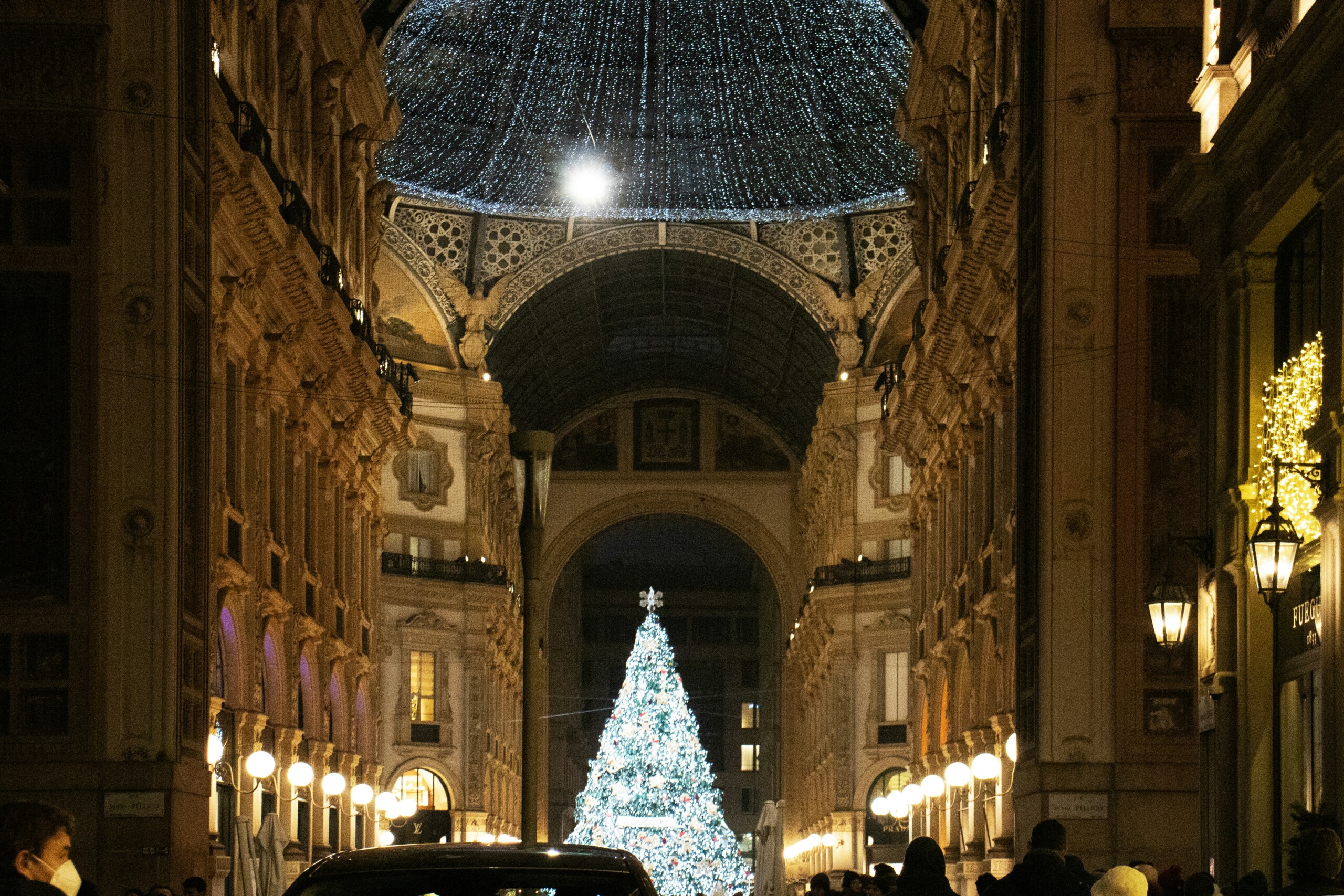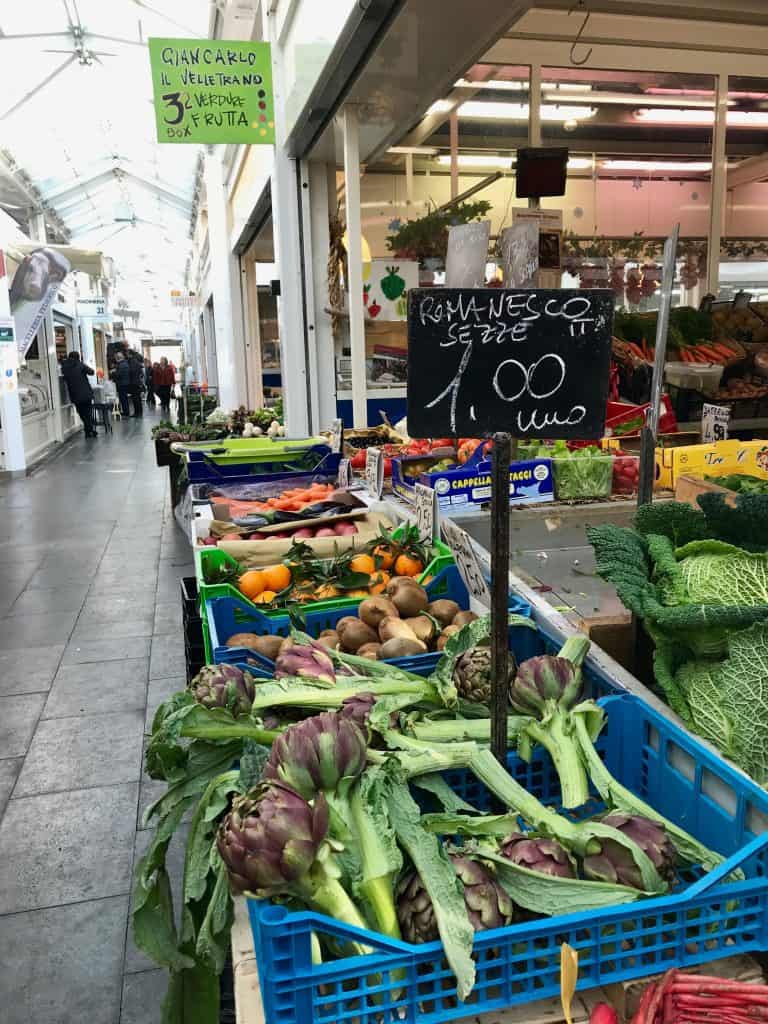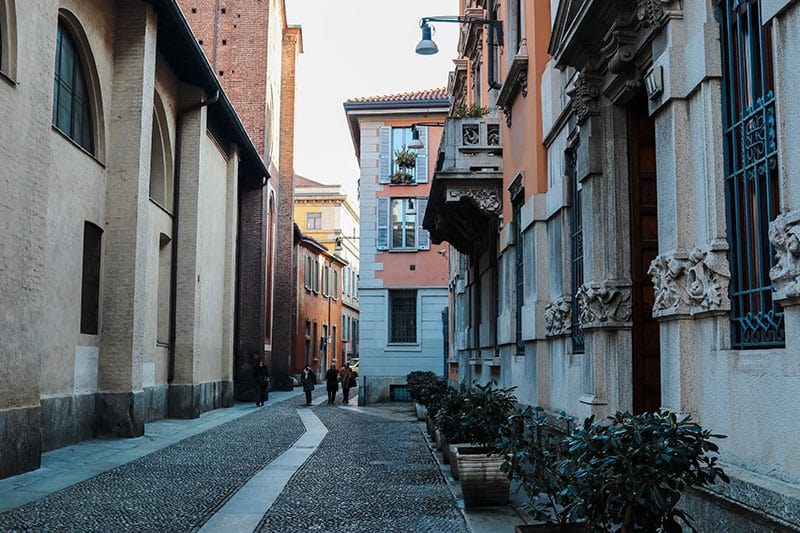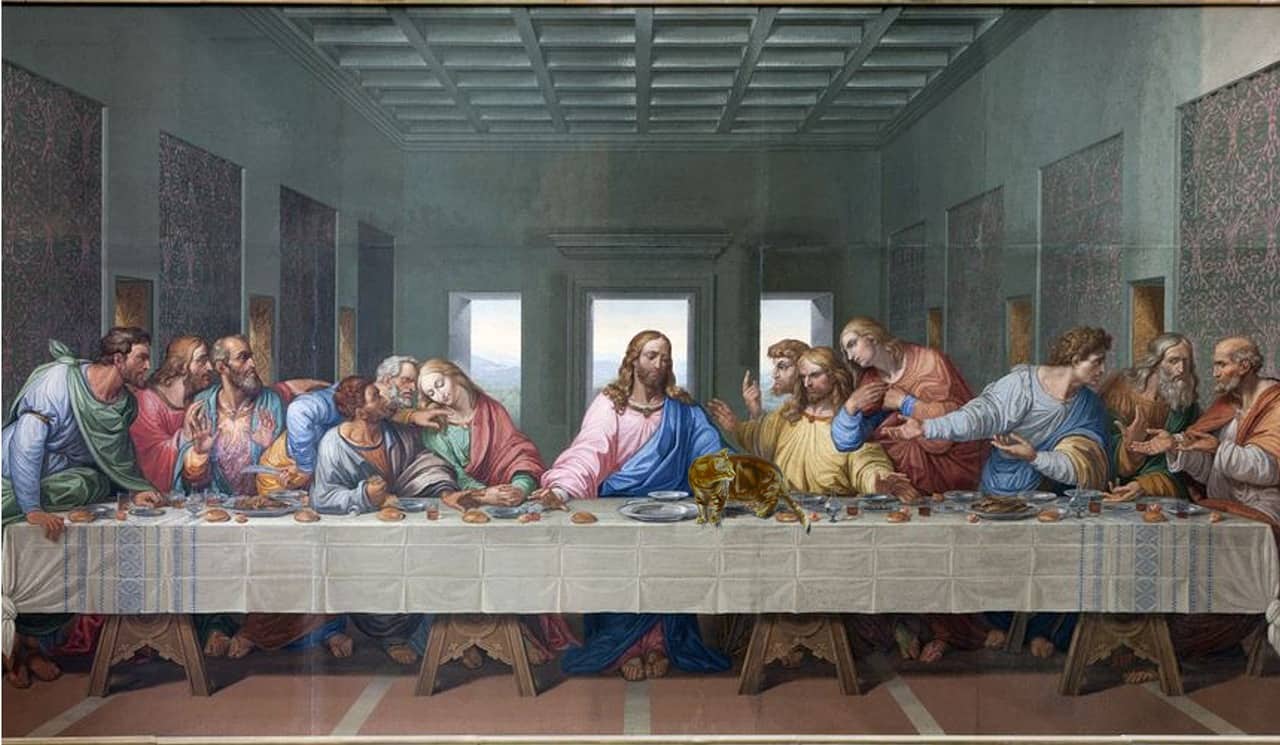
By Anne McCarthy
Leonardo da Vinci was one of the most brilliant minds to have ever graced the planet, so it’s no wonder that the 15th-century polymath is responsible for some of the most iconic works of art in the world, like his famous The Last Supper painting.
Located in Milan, The Last Supper was completed in 1498 and has survived for over 500 years; a truly incredible feat! Fat Tire Tours’ Skip-the-Line “Last Supper” Tour gets you up and close and personal with this iconic painting and includes a walking tour portion which helps you learn more about Milan while also getting to see the Renaissance masterpiece up close and personal.
On this tour, your experienced guide will bring you to see the painting, visit the Milan Cathedral, and check out the Church of San Maurizio al Monastero Maggiore. For the traveler who loves art and wants to better explore the history and delights of Milan, this tour is for you.
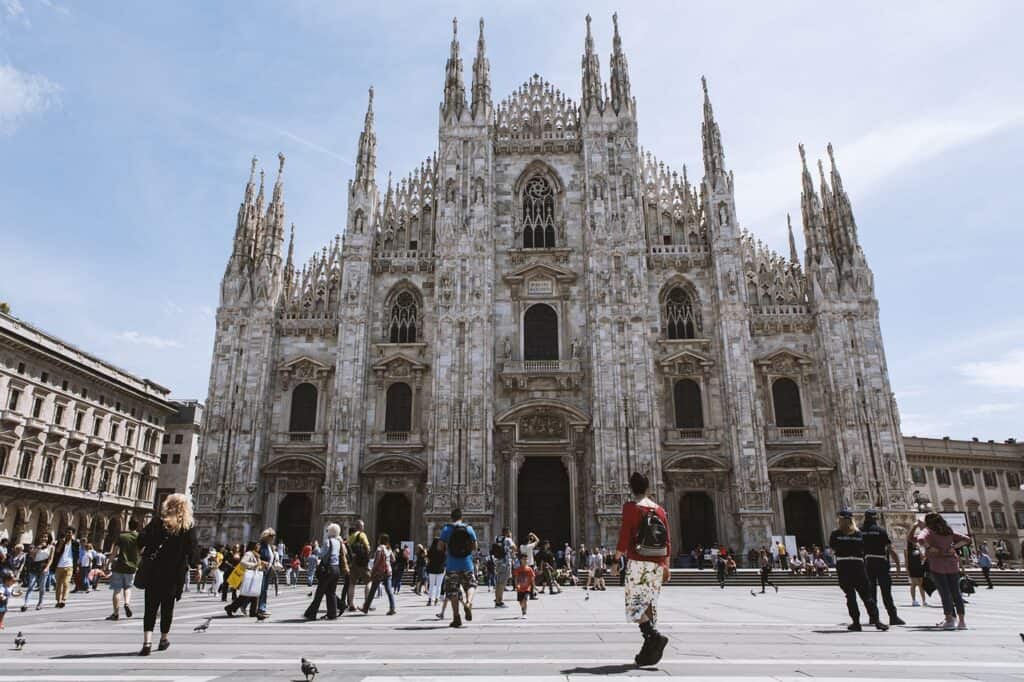
The Last Supper is in Santa Maria delle Grazie, a church, and a convent in Milan. It is also a UNESCO World Heritage Site. Visitors can find the famous painting in the refectory, or dining hall.
The Significance of The Last Supper Painting
This fascinating painting has a rich history and is a study for artists everywhere. Leonardo used a hammer and nail, along with some string, to get the perspective spot-on for the painting. This painting is upheld as one of the finest examples of a one-point perspective in a painting. No matter where you’re standing, every angle of the painting directs the viewer to the focal point of Jesus.
In the painting, we see an iconic scene displaying the last time Jesus would dine with his disciples prior to being captured and crucified. The painting also indicates Jesus revealing that someone among them would ultimately betray him.
Even for people who aren’t religious or interested in the Bible, this work of art is a true masterpiece with cultural and historical relevance that demands a closer look. This painting is massive, too. It measures 180 inches × 350 inches.
Secret Symbology Found in the Painting
In the 1500s, spilled salt was believed to be a sign of bad luck. And, while it’s difficult to see it in its current condition, if you look closely, you can see an overturned vessel of salt near Judas’ right arm.
The body of Jesus in the painting is drawn as an equilateral triangle, which is a shape and symbol connected with the divine and has ethereal connotations. In the painting, you can see Peter’s knife (Peter is three figures to the left of Jesus); later in the Bible story, Peter injures a soldier’s ear, in an attempt to stop Jesus from being arrested.
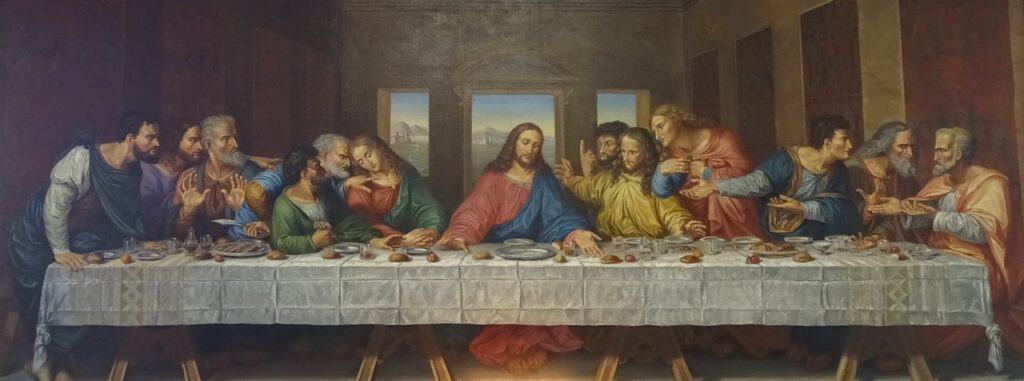
Notice how the apostle Judas, the one who betrays Jesus, is the only one in the painting whose face is nearly completely hidden and obscured by shadows. With one hand, Judas reaches out for bread to eat, and his other hand shows him holding tightly to a bag of money.
How Napoleon’s Horses Affected the Painting
Contrary to popular belief, The Last Supper, which is painted onto a wall in the space, is not a fresco painting. This painting has a tremendous level of detail, so Leonardo opted for a method that would allow him to take his time. Leonardo worked on the painting from 1495 to 1498; although he didn’t work on it continuously, he did take breaks. The artist also invented a technique using stone and tempera paints; he also primed the wall’s surface with a solution to help the paint bind to the wall and avoid interference from moisture.
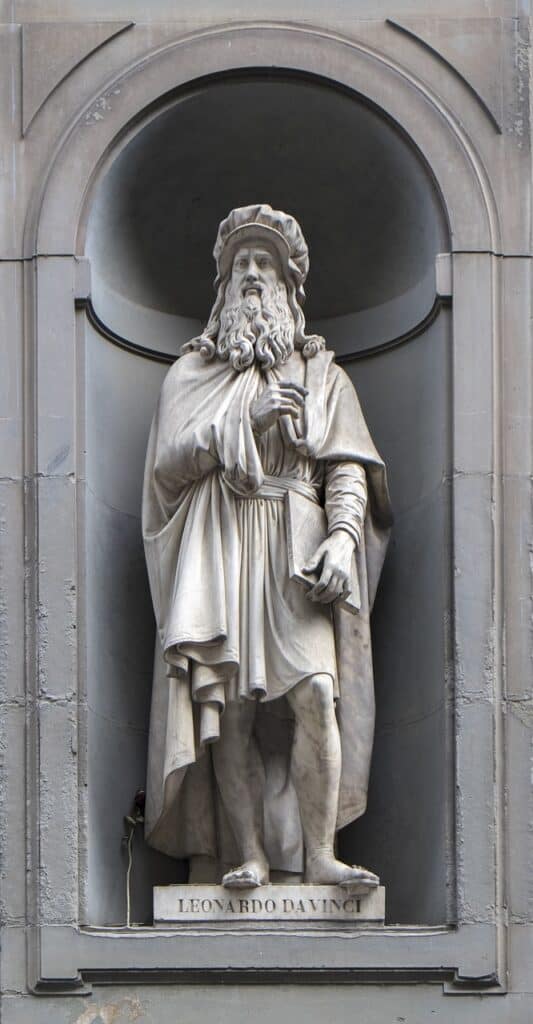
Shockingly (or, not so shockingly, depending upon whom you ask), The Last Supper has nearly been destroyed countless times! It has survived for over 500 years during two world wars, so it’s not all that surprising, when looking at the facts and timeline, to hear that it has almost met its end on numerous occasions. The masterpiece has been repainted and meddled with as well.
One of the most remarkable instances of the painting surviving substantial wear and tear was when the refectory (the dining hall in the church and the place where The Last Supper is located) was used by Napoleon and his troops as a stable for horses! Can you imagine? Horsehair, animal excrement, and other animal-related particulate matter floating in the atmosphere and repeatedly grazing the iconic work of art. Napoleon invaded Milan in the 18th century.
And during World War II, the allied forces bombed the church, which nearly obliterated The Last Supper, almost destroying it completely. We are so lucky that this painting remains and can still be viewed and appreciated, given all that it has lived through.
The Secret Three Copies of The Last Supper
Fascinatingly, there are three copies of The Last Supper, which were early renderings of the painting. Effectively, they were Leonardo’s first few drafts of the piece. Some art historians believe that they were painted by his assistants.
One of the early copies is at the Royal Academy of Arts in London. And when the original work needed to be restored, the copy in London was used as a guide to restore the original painting. The two other copies are in Belgium and Switzerland, at the Leonardo da Vinci Museum and the Church of Saint Ambrogio in Switzerland.
Jail-Searching for Judas
Supposedly, Leonardo based each face in the painting on a real-life model. For Judas, he wanted to find a person who looked hardened and like they would betray Jesus. So, Leonardo went to jails in Milan to find the face of a person who had this look, by which he could model the face of Judas.
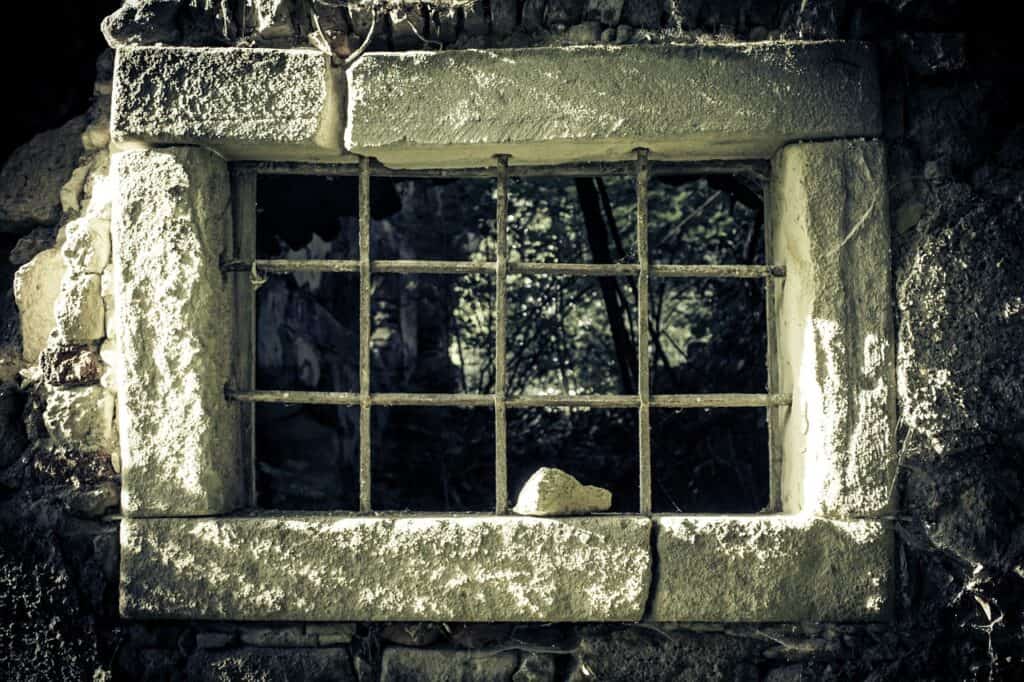
The painting was commissioned by the Duke of Milan, who was also Leonardo’s patron; his name was Ludovico Sforza. Sforza commissioned the work as part of a larger plan to renovate the Santa Maria delle Grazie church. As mentioned, the painting has been restored and repainted numerous times. The most recent restoration of the original The Last Supper was done in 1999.
If You Want to See This Painting, Plan Ahead!
The Last Supper is one of the most famous pieces of art in the world. And because of the high demand, viewing the painting is typically limited to 15 minutes per person, and the church refectory has a has a capacity to hold only approximately 25 people at once. When planning your visit, many also recommend keeping in mind that you’ll be visiting a place of worship when you see the painting, and that it’s recommended to dress in a way that is respectful of the space.
Plan ahead before your trip to Milan and book your tickets well in advance. Save yourself some hassle and book with Fat Tire Tours so we can share this phenomenal painting with you and share with you even more history and mysterious, intriguing points about the stunning Da Vinci masterpiece that is The Last Supper.
Anne McCarthy is the Editor in Chief of the Fat Tire Tours Blog. She is a contributing writer to the BBC, The Washington Post, The Guardian, Wired, and many more. She splits her time between the U.S. and Europe.
